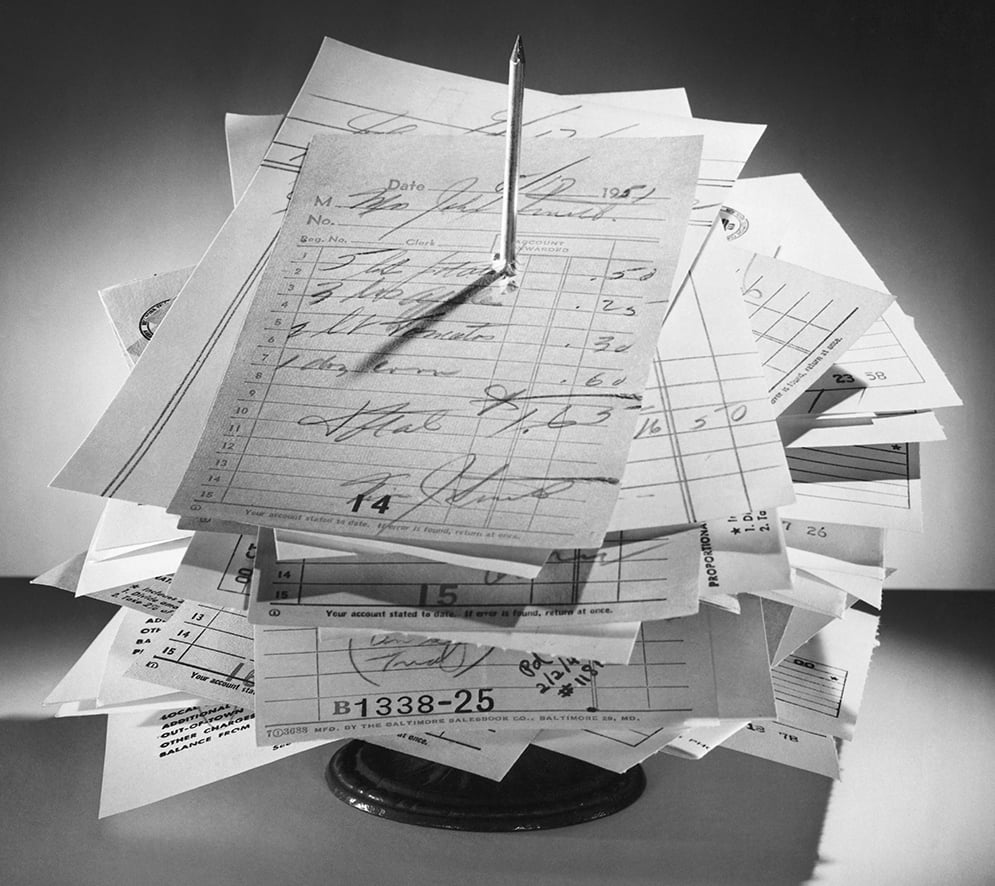Think Champagne and you think romance, luxury, and good times. What you also might think about are marketing, hype, and balance sheets.
In 2004, three brands–Moët et Chandon, Veuve Clicquot, and Mumm–accounted for two-thirds of the Champagne sold in this country. The biggest player is the Louis Vuitton Moët Hennessy empire (LVMH), a $10-billion conglomerate that owns Moët & Chandon, Dom Pérignon, Veuve Cliquot, Krug, Mercier, and Ruinart, not to mention Christian Dior, Louis Vuitton, and Bruno Magli.
If you're willing to spend more than $100 a bottle, you can sometimes do well by buying these brands. A typical large Champagne house, or Grande Marque, will put out a flagship wine known as a cuvée de prestige. These luxury Champagnes, such as Dom Pérignon and Krug Clos du Mesnil, are often fabulous wines.
But most of the Champagnes put out by the Grandes Marques, such as Moët & Chandon White Star and Veuve Clicquot Yellow Label–the Champagnes that flood the market this time of year–are little more than mass-produced industrial products, largely made with purchased and blended grapes. These Champagnes are no more distinctive than a meal at the Cheesecake Factory and no more romantic than the plastic-wrapped roses at 7-Eleven.
But there's a revolution afoot. It's being led by family-owned, artisanal producers who are making Champagnes from their own grapes. Most small growers sell their grapes to the large Champagne houses or to growers' cooperatives, having neither the equipment nor the expertise to produce their own wine. In severing ties with the large houses, these farmer/winemakers are staking their businesses and their reputations on the public's ability to appreciate a more distinctive wine.
Many of the best of these Champagnes taste of their birthplace. The limestone soil of the Côtes des Blancs is unmistakable in the chalky wines of Larmandier-Bernier. The cherries and mirabelle plums found in Henri Billiot's wines, made in the village of Ambonnay, are strikingly different from the more earthy components of wines from the neighboring village of Bouzy. The difference between Grande-Marque and small-grower Champagnes is the difference between ConAgra veal chops and ones bought from the Dupont Circle farmers market, between Lay's potato chips and the rustic versions made by locally owned Route 11.
Small-grower Champagnes represent only a fraction of the market, but that figure is beginning to climb. Many of the area's best restaurants, such as Gerard's Place in downtown DC, Restaurant Eve in Alexandria, and 2941 in Falls Church, have begun offering them by the glass. In Georgetown, Michel Richard Citronelle is pouring the wonderful Pierre Peters Blanc de Blancs, with its understated fragrance of exotic citrus fruits and almonds. Why would a world-class restaurant showcase a small-grower Champagne instead of serving the better-known Moët & Chandon or Veuve Clicquot?
Easy, says Mark Slater, the restaurant's sommelier. "Because everyone else serves them."
Does that mean they aren't good?
"No," he says, "it means they're ubiquitous."
To Terry Theise, a Silver Spring wine importer, that ubiquity is the reason he's leading the charge nationally to bring small-grower Champagnes to consumers. He believes in the wines with an almost religious fervor. "When you buy a grower Champagne," Theise says, "you become an intimate part of a nexus. You become connected to the family who made your Champagne, who in turn is connected to the soil that grew the grapes. There is great meaning in this."
Still, meaning is not an easy sell. And ubiquity is often synonymous with quality.
Elliot Staren, owner of DC's Wide World of Wines, which has one of the area's best selections of Champagnes, acknowledges that he gives the corporate giants a lot of shelf space and adds, "People pick up a bottle of Grande Marque Champagne without even blinking." And, he says, "the small-grower Champagnes usually involve a hand sell. People love them when they try them, but there's a lot of work involved because nobody knows about them."
Even large wine stores don't always carry small-grower Champagnes; phone your retailer to see what's available.
Distinguishing a small-grower Champagne from the products of the large houses is easy: Look for the letters RM in fine print on the label. "RM" means récoltant-manipulant, which translates loosely to "grower maker." It identifies a Champagne made by a winemaker who actually grew the grapes.
How to remember "RM" when you're in a wine store? Just think about the first two syllables of the word "romance."
Good Champagnes made from 100-percent Chardonnay are Pierre Peters Blanc de Blancs Grand Cru 100% Brut–$15 by the glass at Michel Richard Citronelle in Georgetown, $40 a bottle at Trader Joe's in Fairfax, and $45 a bottle at the Crossing at Casey Jones restaurant in La Plata. Also Varnier-Fannière, with a bouquet of pencil and lemon pie; the bottling arriving in December will be even richer thanks to the addition of the hot, ripe 2003 vintage ($50 at MacArthur Beverage, Georgetown).
Old-vines Pinot Meunier lends a saltiness to L. Aubry Fils Rosé Premier Cru, a complex and interesting rosé ($47 at Ace Beverage in DC). Aubry stopped selling one-third of his grapes to Veuve Clicquot in 2002.
Champagnes made with Pinot Noir include Paul Bara Brut Reserve Bouzy Grand Cru 100%, a rich, classy wine that suggests dunking slices of green apple in chocolate sauce ($40 at Wide World of Wines, Georgetown), and Eric Rodez Blanc de Noirs Ambonnay Grand Cru 100% Brut, an elegant middleweight with subtle hints of red cherry ($38 at Whole Foods, Annandale).
















